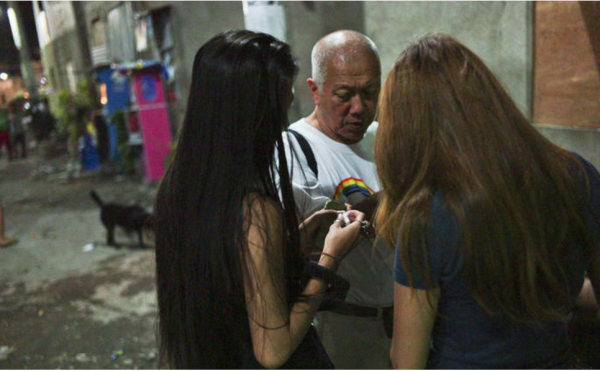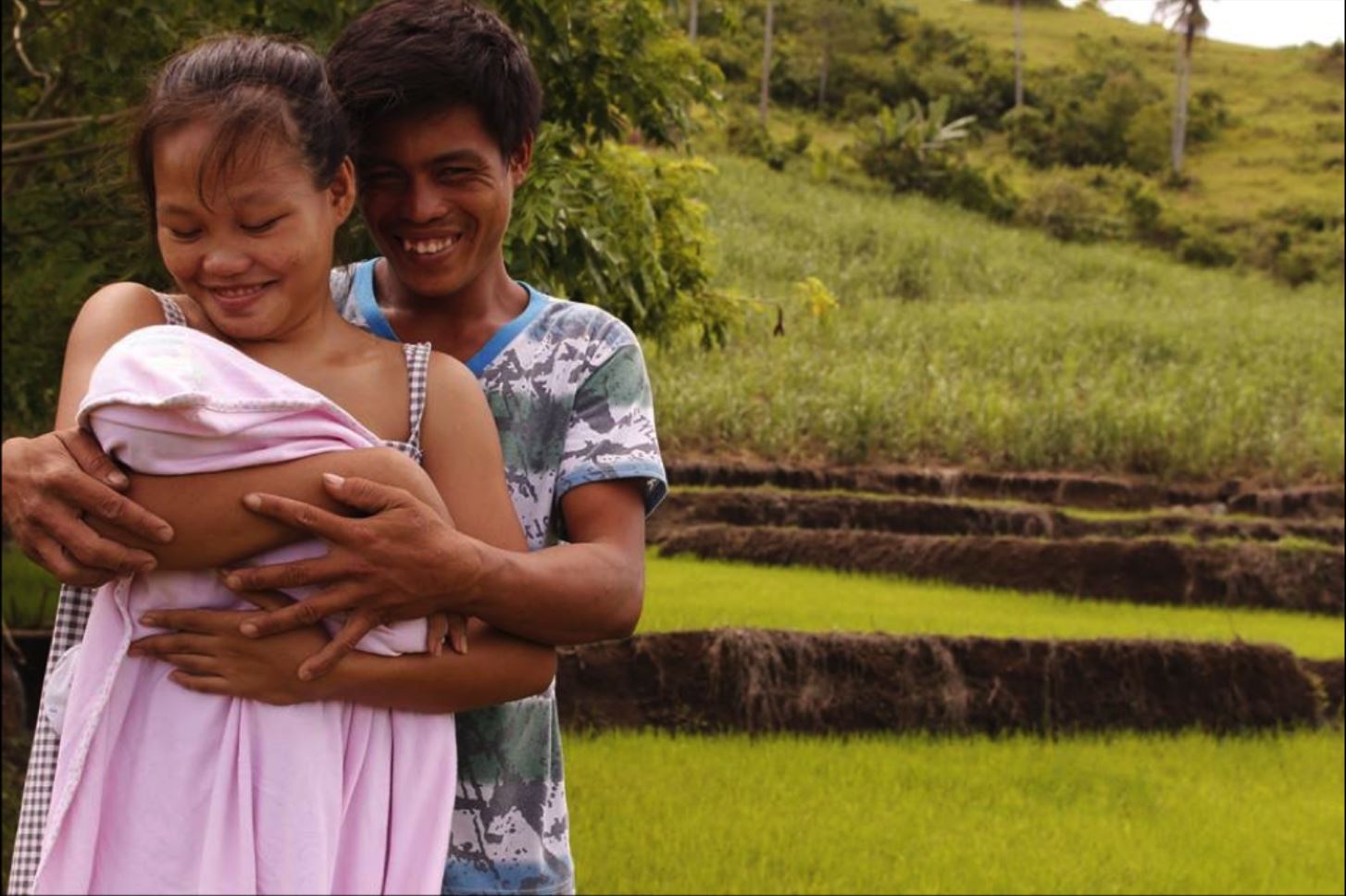
BALI, Indonesia – There are an estimated 1.8 billion adolescents around the world.
The largest generation of young people in history is entering their reproductive years.
The United Nations Population Fund (UNFPA) reports that young people between the ages of 15-24 are having more sex than ever before but have limited access to adequate sex education and contraceptive services. In some countries, minors and unmarried individuals are prohibited from getting contraceptives and HIV testing/STI treatment without parental consent.
At the International Conference on Family Planning last week, at the forefront of the discussion among scientists, doctors and advocacy groups was giving young people access to sexuality education, long-acting contraception, and safe abortion in a environment that is free from judgment and bias.
More than 40 leading global health and development organizations endorsed a consensus statement calling for the need of "all sexually active young people to have access to the widest available contraceptive options regardless of marital status."
Not doing so will contribute to the estimated 16 million adolescents between 15-19 who give birth every year. Maternity related complications are the leading cause of death among women in this age group. It will continue to expose young people to sexually transmitted infections (STI). Globally, young people between 15-24 years old have the highest rate of STIs across any age group.
It was also clear that achieving the goal of youth access will require changing the way the development community has traditionally dealt with matters related to birth control, family planning—and yes, let's put it out there—abortion.
What needs to change?
Break programs down into smaller age segments
The commonly used definition of "young person" is someone who is between the ages of 10-24.
There is a lifetime of change that occurs in the span of those 14 years and interventions like sexuality education cannot be lumped together into such a wide age bracket.
Smaller segmentations of adolescence used in research like early adolescence (age 10-14), late adolescence (ages 15 to19) and early adulthood (ages 20 to 24) need to be expanded into targeted programs that meet the specific needs of these life stages.
'Pre-marital sex is an outdated concept
Globally, men and women are delaying marriage for various reasons. Some are prohibited from doing so because of their sexual orientation. Others simply don't want to.
For a myriad of reasons, marriage is no longer a prerequisite to sex and yet, many measurement tools still use marriage as the basis for assessing interventions. For example, "contraceptive prevalence rate" primarily measures the number of married women between 15-49 who are using at least one contraception method.
Limiting measurement tools to those who are married is a lost opportunity to evaluate how contraceptive commodities and services are reaching young people who need it – regardless of their marital status.
Re-orient health providers
In a plenary discussion, Dr. Venkatraman Chandra-Mouli, an adolescent sexual health expert with the World Health Organization called for investing in training that would prepare healthcare workers to treat adolescents seeking sexual health services "with equity, confidentiality, and without discrimination."
Healthcare providers need to give non-discriminatory services to adolescents who need it, with their health being the primary consideration rather than age, said Chandra-Mouli.
Often, the need for parental consent is a hindrance to teens accessing condoms and or getting treatment for STIs. But many cases have grey areas requiring parental involvement.
"If a 14-year-old gets an STI because she has been seeing a much older man, she should be treated for that STI. But her parents will need to be called on to address the issue of the older man," explained Chandra-Mouli.
Situations like this will call for healthcare workers to evaluate situations on a case-to-case basis and exercise their best judgment. They will need training to understand youth sexual behavior and respond to youth sexual health needs.
Discuss safe access to abortion
Current epidemics like the Zika virus, now declared a global health emergency, are pushing abortion to the front and center of the reproductive health discussion.
The United Nations has called on the Latin American countries hit by Zika to liberalize access to contraception and allow abortion.
Today, it is Zika. Previously, it was Ebola. Tomorrow, it will be another unfortunate outbreak, another calamity or conflict causing thousands to be displaced that will force us to acknowledge the intersections between epidemics, natural and man-made disasters, and reproductive health. It will compel us to discuss abortion not within the realm of religion or morals, but within the context of a woman's health and well-being.
Find a common language
Lambert Grijns, special ambassador for Sexual and Reproductive Health Rights and HIV/AIDS at the Dutch Ministry of Foreign Affairs, suggests discussing sexual and reproductive health matters using a language that everyone can agree on.
In an interview with the Faith to Action Network, Grijns shared that The Netherlands has one of the lowest teen pregnancy rates and, consequently, one of the lowest abortion rates in the world.
Grijns attributes this to liberal Dutch views on sex and sexuality – views that have been translated into liberal policies that focus on prevention of teen pregnancy rather than addressing its consequences.
"The way to start a dialogue and find a common ground is by using the word 'non-discrimination'. I think, from a religious perspective, no one would accept the other person being discriminated against," said Grijns.
Grijns added: "The other emphasis should be on health. We should not look at these issues from a controversial or a negative angle but stress that everyone has the right to access health services. We can at least be pragmatic and agree on those things."











